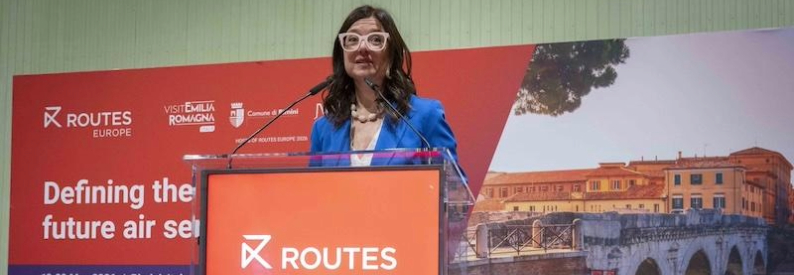Emilia‑Romagna Tourism Surges on Expanded Air Links

Emilia‑Romagna is experiencing a tourism revival as international arrivals and overnight stays surpassed pre‑pandemic levels in 2024, according to Roberta Frisoni, the region’s Minister for Tourism, Trade and Sport. Frisoni told Routes Europe delegates in Seville that overnight stays and total visitor arrivals each rose by approximately 2 percent last year, driven by growing demand from Germany, France, the Netherlands and Poland. “From 2020 to today we have recorded a consistent increase in Emilia‑Romagna in tourist overnight stays and arrivals in the tourism market,” Frisoni said, underlining the region’s return to robust growth.
To build on this momentum, Emilia‑Romagna has organized its strategy around three key pillars: accessibility, sustainability and authenticity. Improving connections by air, rail and sea is central to the region’s plan to attract more visitors. Frisoni described Bologna Airport as “seeing great numbers of arrivals,” while Rimini Airport has executed an effective development plan in recent years. Investments in sustainable airport operations and eco‑friendly surface transport are also underway, ensuring that Emilia‑Romagna’s natural and cultural heritage remains intact even as visitor volumes climb.
Air connectivity has become a hallmark of the region’s tourism push. New routes set to launch this summer include British Airways flights from London Heathrow to Rimini beginning in May and easyJet services from London Gatwick and EuroAirport Basel‑Mulhouse‑Freiburg to Rimini. These additions will complement existing services at Bologna Airport, which is exploring direct links to the United States and Asia, and at Forli and Parma airports, where Ryanair currently controls the majority of seat capacity. Frisoni emphasized that these routes will unlock fresh demand and provide one‑stop access for travelers bound for Emilia‑Romagna’s historic cities, culinary destinations and seaside resorts.
For the first time, the region is pursuing an aligned strategy for its four commercial airports—Bologna, Rimini, Forli and Parma—to create a cohesive network that enhances global connectivity. Frisoni explained that a coordinated regional policy will enable seamless transfers between airports and optimize route planning across carriers. Rimini Airport’s summer schedule will feature ten airlines, with Ryanair representing about two‑thirds of all seats, while Ryanair’s 53 percent share of Bologna’s market underscores its dominance in northern Italy’s air travel landscape.
Looking ahead, Emilia‑Romagna will host Routes Europe 2026 in Rimini, an opportunity Frisoni believes will catalyze deeper collaboration between tourism bodies and aviation stakeholders. By bringing the world’s route planners and airport executives to the Adriatic coast, the region aims to showcase its integrated airport network and attract further investments in new air services. “Hosting Routes in Emilia‑Romagna represents a great opportunity to further develop an integrated strategy for our regional airport network,” she said.
As Emilia‑Romagna strengthens its position as an accessible and sustainable destination, the combination of increased flight options and a commitment to preserving local authenticity promises to drive tourism well into the next decade. Whether arriving at Bologna on a long‑haul flight from New York, touching down at Rimini from London or connecting via Forli or Parma, travelers can expect an enhanced welcome and a wealth of experiences rooted in Emilia‑Romagna’s rich cultural tapestry.
Related News : https://suspicious-zhukovsky.67-21-117-18.plesk.page/category/air-travel-business/airline-finance/
